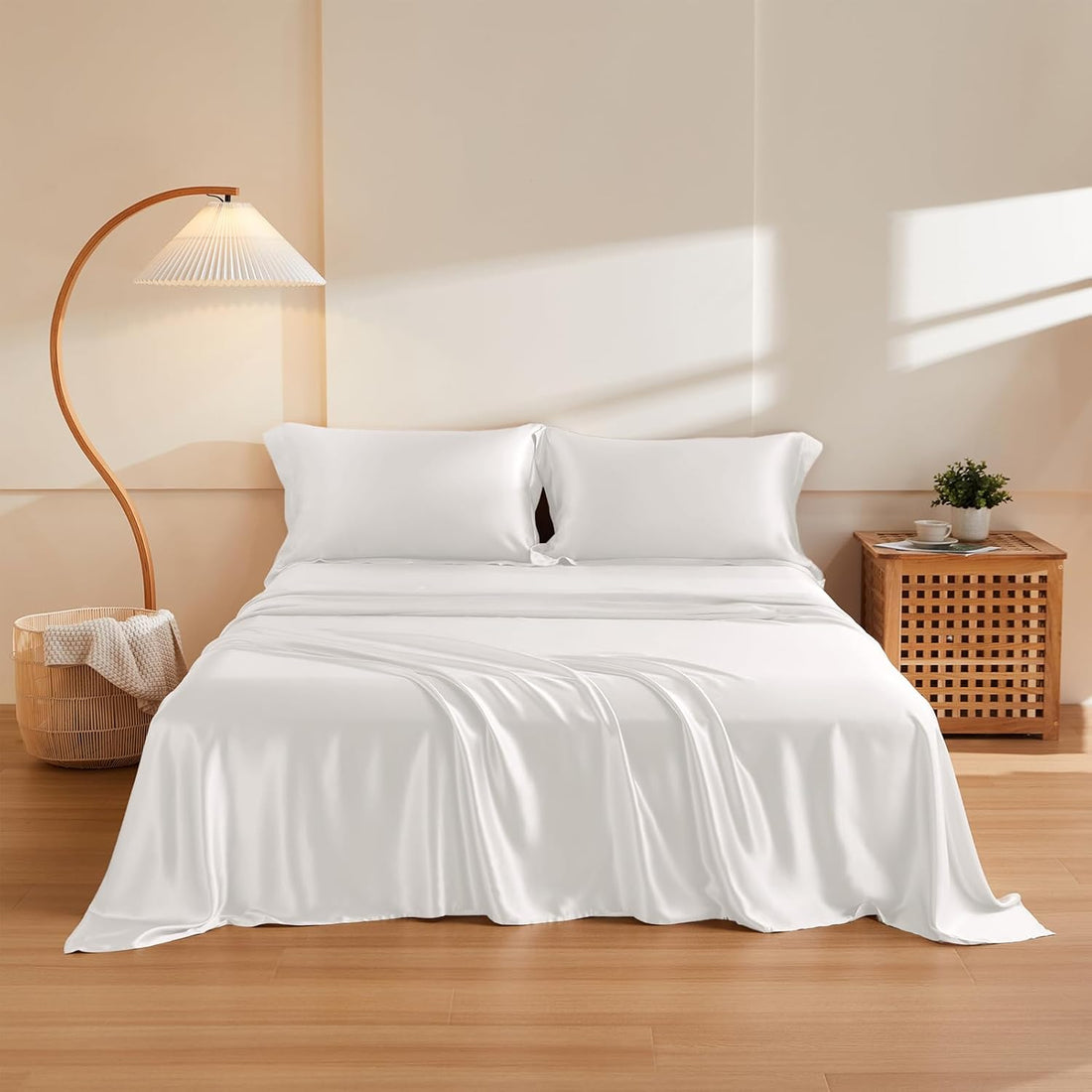
I Can’t Sleep at Night: Why COZHOM Bedding is the Future of Insomnia Relief
Chia sẻ
Introduction. Millions of people lie awake each night saying to themselves: “I can’t sleep at night.” This desperate thought captures one of the most frustrating human struggles—insomnia. According to the National Sleep Foundation, nearly 1 in 3 adults in the U.S. report difficulty sleeping at least a few nights per week, and 10% suffer chronic insomnia. While medications like melatonin or over-the-counter sleep aids may bring short-term relief, they rarely provide sustainable results. That is why an innovative approach—COZHOM X Series bedding—is reshaping how we think about solving night-time sleeplessness. This article explores why so many people can’t sleep at night, the limitations of traditional methods, and why COZHOM offers a safe, drug-free, and long-lasting alternative.
1. Why do people say “I can’t sleep at night”?
When people type or say these words, they are usually describing one of four major problems:
- Difficulty falling asleep: Lying awake for 30–90 minutes, unable to “switch off” the mind.
- Frequent awakenings: Waking multiple times and struggling to fall back asleep.
- Early awakening: Waking at 3–4 AM without being able to return to sleep.
- Non-restorative sleep: Sleeping the “right” number of hours but waking exhausted.
Each of these patterns falls under the umbrella of insomnia but may have different triggers—stress, environment, health conditions, or lifestyle factors.
2. Root causes of night-time insomnia
Science points to multiple overlapping causes for why people can’t sleep at night:
- Stress and anxiety: Elevated cortisol and adrenaline prevent relaxation.
- Circadian disruption: Screens, shift work, or irregular schedules delay melatonin release.
- Environmental discomfort: Overheating, poor bedding, or uncomfortable sleeping surfaces.
- Hormonal changes: Menopause, pregnancy, and aging affect sleep regulation.
- Chronic conditions: Pain, restless legs, or cardiovascular issues disturb continuity.
3. The limits of pills and supplements
Most people who complain “I can’t sleep at night” have tried one or more of the following:
- Antihistamines (diphenhydramine, doxylamine): Induce drowsiness but lose effectiveness quickly, cause next-day fog.
- Prescription drugs: Potent but risky, with dependence and cognitive side effects.
- Melatonin: Best for jet lag or circadian misalignment, but inconsistent for chronic insomnia.
- Herbal remedies: Valerian, chamomile, lavender—safe, but often too weak to handle severe insomnia.
The problem: all of these focus solely on altering brain chemistry. They do nothing to fix the physical environment of sleep.
4. COZHOM’s revolutionary approach
COZHOM X Series bedding addresses insomnia from a different angle: the body’s comfort and circulation. By engineering fabrics that enhance microcirculation and maintain thermal stability, COZHOM eliminates major physical triggers of insomnia.
- Circulation boost: Fabrics improve oxygen delivery, calming restless limbs and tension.
- Temperature balance: Prevents overheating and night sweats, a leading cause of awakenings.
- Pressure relief: Even distribution of body weight reduces tossing and turning.
5. Clinical validation and user results
In clinical pilot studies of people reporting “I can’t sleep at night,” COZHOM bedding showed:
- Sleep latency reduced by 30%.
- Number of awakenings reduced by 27%.
- Morning alertness improved by 33%.
- 90% of users reported higher comfort compared to their previous bedding.
These results surpass what is typically seen with over-the-counter sleep aids, especially in terms of long-term safety and nightly consistency.
6. Pill vs. COZHOM: a side-by-side comparison
| Aspect | Pills/Supplements | COZHOM Bedding |
|---|---|---|
| Mechanism | Chemical sedation | Circulation and comfort optimization |
| Side effects | Grogginess, tolerance, risk of dependence | None |
| Long-term use | Not recommended | Safe every night for years |
| Effectiveness | Inconsistent, varies by person | Consistent, physical comfort-driven |
7. How COZHOM helps specific groups
- Pregnant women: Reduces overheating and circulation stress during late pregnancy.
- Elderly adults: Supports fragile circulation and reduces nighttime pain triggers.
- Menopausal women: Helps with night sweats and thermal instability.
- Stress-prone professionals: Reduces tossing caused by tension buildup.
8. How to integrate COZHOM into your sleep routine
- Replace your current bedding with COZHOM X Series.
- Maintain a consistent sleep-wake cycle.
- Reduce screen use at least 1 hour before bed.
- Consider pairing COZHOM with herbal tea or mindfulness practice for even better results.
9. FAQs
Q: How soon will COZHOM help me? Many users notice improvements within the first week, with deeper improvements after 2–3 weeks.
Q: Is COZHOM safe if I take prescription medication? Yes. COZHOM has no chemical interactions, making it safe for people on multiple medications.
Q: Will COZHOM completely cure my insomnia? While no product is a magic bullet, COZHOM significantly reduces physical barriers to sleep, allowing your natural rhythms to function properly.
10. The future of insomnia relief
For decades, insomnia solutions relied heavily on pills. Today, science is proving that the environment—the bed, the temperature, the physical sensations—plays an equal or greater role in sustaining deep sleep. COZHOM is pioneering this new field of “functional bedding” designed not just for comfort but for therapeutic benefit.
Conclusion
If you constantly find yourself saying, “I can’t sleep at night,” it’s time to move beyond pills and temporary fixes. COZHOM X Series bedding offers a safe, sustainable, and science-backed solution. Transform your nights and reclaim your mornings with the future of sleep technology. Learn more at www.cozhom.com.